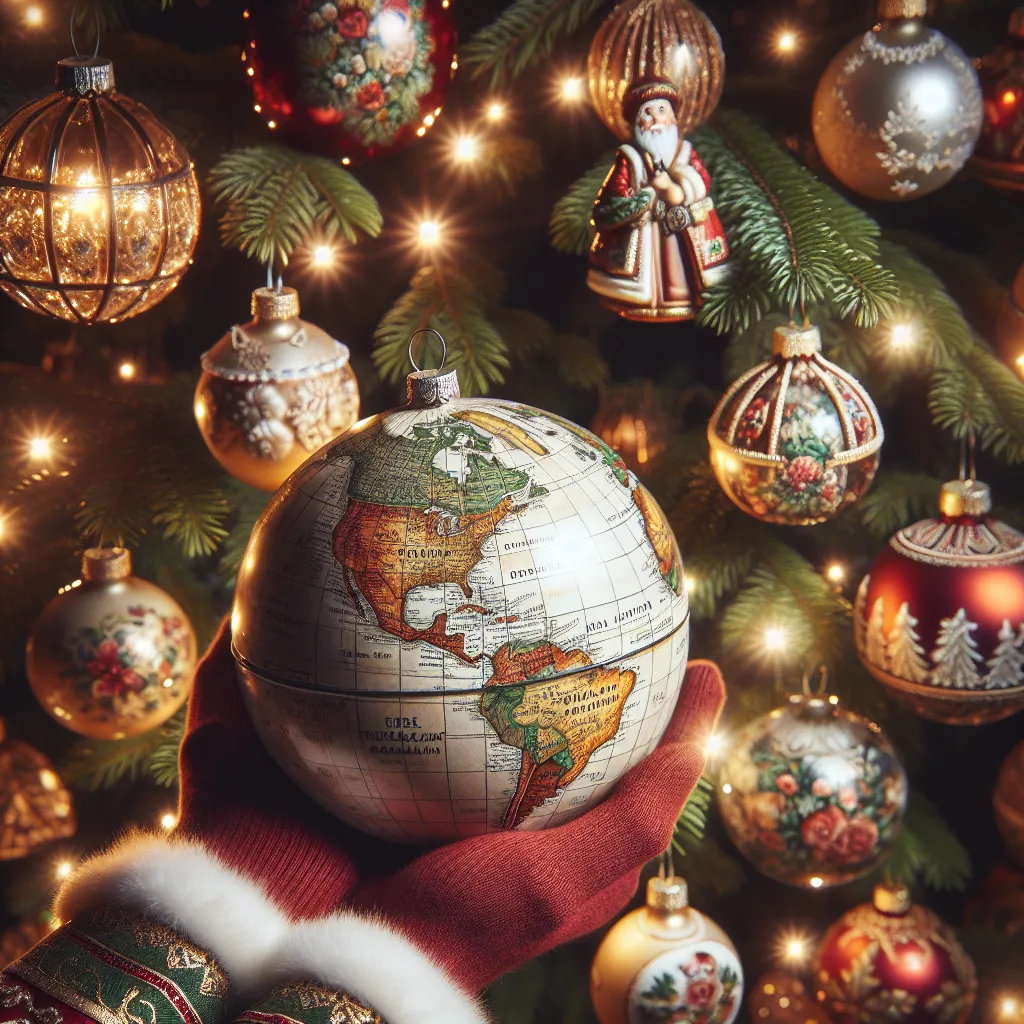The Origins of Christmas Baubles: A Journey from Germany
German tradition has had a profound influence on the evolution of Christmas baubles, which have now become a global symbol of the holiday season. The origins of Christmas baubles can be traced back to 16th century Germany, where the first decorations were crafted from fruits, nuts, and paper. However, it was the famous glassblowers of Lauscha, Germany, who revolutionized the tradition in the 19th century by creating delicate glass ornaments in various shapes and colors. These exquisite decorations captivated people’s imagination and soon became an integral part of Christmas celebrations across Europe.
The popularity of Christmas baubles continued to soar, eventually making their way to the United States and other parts of the world. The intricate designs and craftsmanship of German glass ornaments earned them a special place in the hearts of people, and they became a cherished heirloom often passed down through generations.
Today, Christmas baubles are an essential part of festive decorations in households worldwide, and their journey from Germany to global prominence is a testament to the enduring legacy of German craftsmanship and holiday traditions.
Evolution of Christmas Baubles: Tradition and Innovation
The evolution of Christmas baubles is a fascinating journey that traces back to 16th century Germany. The tradition of decorating Christmas trees with apples, nuts, and other natural ornaments gradually evolved into the use of handcrafted glass baubles. Initially, these baubles were meticulously created by glassblowers, showcasing intricate designs and vibrant colors.
As the tradition spread beyond Germany, the demand for Christmas baubles grew, leading to mass production and the introduction of innovative techniques. In the late 19th century, the invention of silvered glass ornaments, known as “kugels,” revolutionized the industry. These reflective baubles captured and reflected candlelight, adding a magical ambiance to Christmas celebrations.
In the 20th century, the evolution of Christmas baubles embraced modern materials such as plastic, creating affordable yet durable ornaments. This shift allowed for a wider variety of designs, shapes, and sizes, ultimately contributing to the global popularity of Christmas baubles.
Today, the tradition of adorning Christmas trees with baubles has become a cherished custom worldwide. From traditional hand-blown glass ornaments to contemporary themed baubles, the evolution of Christmas baubles continues to blend tradition and innovation, adding a touch of festive splendor to the holiday season.
Cultural Significance of Christmas Baubles Around the World
Christmas baubles, also known as Christmas ornaments, have a rich cultural significance that has evolved over centuries. Originating in Germany in the 16th century, the tradition of decorating trees with baubles has spread across the world, becoming an integral part of the festive season in many cultures.
In Germany, the first Christmas baubles were fruits and nuts, symbolizing the Garden of Eden. Over time, this tradition evolved, and small, handcrafted decorations made of glass, tin, and other materials became popular. The art of glassblowing and the creation of delicate, colorful ornaments flourished in Germany, particularly in the town of Lauscha, which became renowned for its glassblowing expertise. The popularity of Christmas baubles quickly spread throughout Europe.
As European settlers migrated to other parts of the world, they brought the tradition of decorating Christmas trees with baubles with them. In the United States, the trend of Christmas tree decoration with baubles was popularized by German immigrants, and it soon became a cherished custom in American households.
Today, Christmas baubles are not only a symbol of holiday cheer but also a reflection of diverse cultural influences. In different parts of the world, Christmas baubles are crafted to represent local traditions and heritage. From intricate hand-painted designs in Poland to traditional handmade straw ornaments in Sweden, each culture has infused its unique artistic expression into the creation of Christmas baubles.
Furthermore, the modern global marketplace has enabled a rich exchange of cultural influences, with Christmas baubles reflecting a wide array of designs and materials from around the world. Whether it’s delicate glass ornaments from Germany, vibrant textiles from India, or intricate wooden carvings from South America, Christmas baubles showcase the beauty and diversity of global traditions.
In conclusion, the history of Christmas baubles reflects the interconnectedness of cultures around the world. The tradition has transcended borders, evolving and adapting to reflect the diverse artistic and cultural influences of different societies. As we adorn our trees with these shimmering symbols of merriment, we not only celebrate the holiday season but also the rich tapestry of global traditions that have contributed to the rich legacy of Christmas baubles.

